Camouflage & Markings – Bristol Bulldog
For a time during its service career the Bulldog equipped 70% of the RAF's fighter defence force, with eleven squadrons in service.
The prototype, powered by a Jupiter VII engine, first flew on 17 May 1927. The aircraft had a problem with poor spinning recovery, so it was redesigned, as the Bulldog II, with enlarged fin and rudder, and lengthened rear fuselage, and fist flew on 21 January 1928. 26 production aircraft were produced and delivered by October 1929. Later aircraft were all of the improved Mark IIA, with revised wing spars and strengthened fuselage, and fitted with the Jupiter VIIF. The Bulldog was withdrawn from service with Fighter Command in July 1937, being replaced with Gloster Gauntlets, but remained in service for a few years in secondary roles.
In foreign service Bulldogs saw action with the Spanish Republican Air Force at the Battle of Santander. They also served with Finland in the Winter War where five pilots gained six kills for the loss of only one of their own, their Soviet victims being two I-16's and four Tupolev SB's.
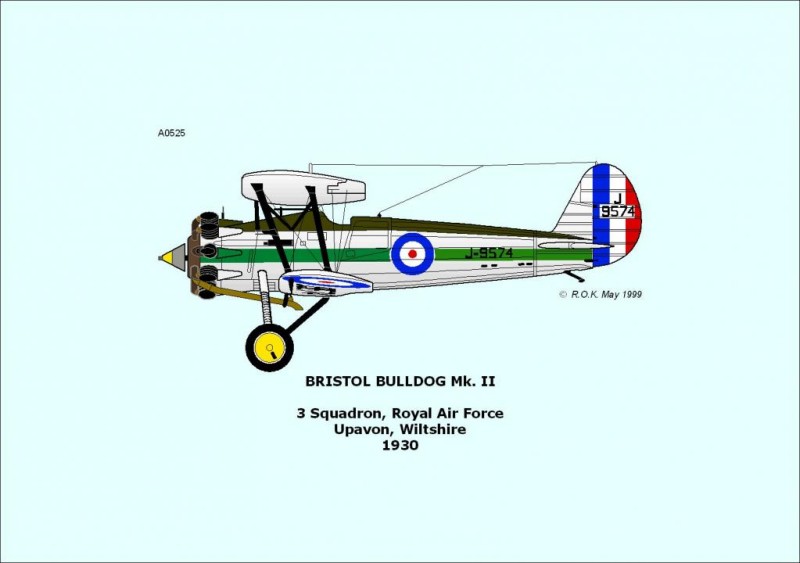
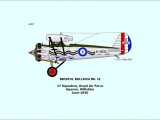
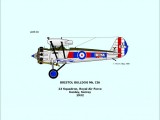
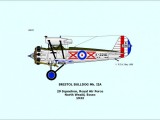
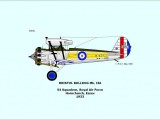
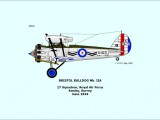
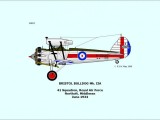
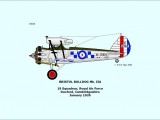
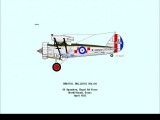
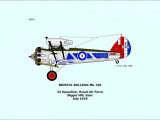
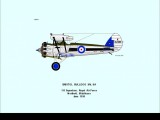
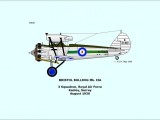
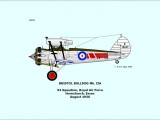
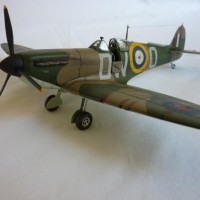
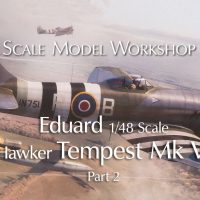
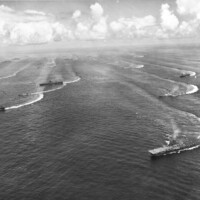

I love the Bulldog. Great profiles.
Thanks Paul. Of all the thousands of aviation enthusiasts I've known, be they pilots, model-makers, veterans, etc, I've never met a one who didn't think the Bulldog was great.
The U.S. Navy evaluated the Bulldog at Anacostia. The first one crashed, and they replaced it with another. Todays obscure fact.
I've always had a liking for the US Navy and it's aircraft. As well as good taste of course, there must have been some reasons why they were interested in the Bulldog...interesting.
Maybe another "it might have been"?
Hooked Bulldog?
I'm guessing the Navy just wanted to see what other countries were doing with fighters.
Anacostia (in those days) was where they tested the Navys new stuff.
The Bulldog certainly looks like it could have been navalised quite easily and successfully. It would have looked great painted in the bright pre-war US Navy colours.
It would be great to have these inter-war aircraft in 1/48, 1/32 scale. WNW would do an awesome job! Great profiles as usual Rick!
Although I'm no longer a modeller, I still like to gaze at other people's efforts, and I couldn't agree more with you Morne. I'd go for 1/48 as being large enough for the smaller types like the Grebe, but not too big for other, non-fighter types, like the Fairey IIIF, Gordon, and the bigger twin-engined bombers. I'm thinking for the sake of someone wanting a collection of them, saying this.
Fairey Fox and Fantome. Gauntlet, Hart family. Persian radial Fury, or the spanish version with the sprung landing gear.
AND (wait for it) Blackburn Blackburn! (chuckle!)
Couldn't possibly leave out the Blackburn!
I, too, love the Spanish Fury with its much neater undercarriage...watch this space.
Great profiles, Rick. The Bulldog was a beauty. Got the Airfix kit in my stash.
With the markings of the No.17 squadron, as depicted by you.
Maybe its soon time for one of these types, what i really need is time for modelling
Thanks Bernd. I remember the old Airfix kit years back in a polythene bag.
Those 17 Sqn black zig-zag markings, until very recently, were still in use on Typhoons at Coningsby, not far from where I live. !7 Squadron is now flying the F35 Lightning II from Edwards AFB. What a change from Bulldogs!
Hi Rick, thats a great idea for a 17. sqn side by side display.
If i had the choice between a Typhoon or the F-35 and the Bulldog, i would go with the Bulldog.
Xtradecal has some decal sheets out, covering a squadrons live, incl many of your depicted biplanes
Hi Bernd, the models would look great together like that. Back in the 1960's I used to dream of being able to do a model of every type that had served with a squadron. Like 41 Sqn with its red bars and Cross of St Omer which was my local Sqn at Biggin Hill back then with Hawker Hunters. Just dreaming of course because most of the kits needed didn't exist, nor, indeed, the decals. 41 is still local to me now, as another Typhoon Sqn at Coningsby - to do all of their aircraft now would mean a collection of 38 models!